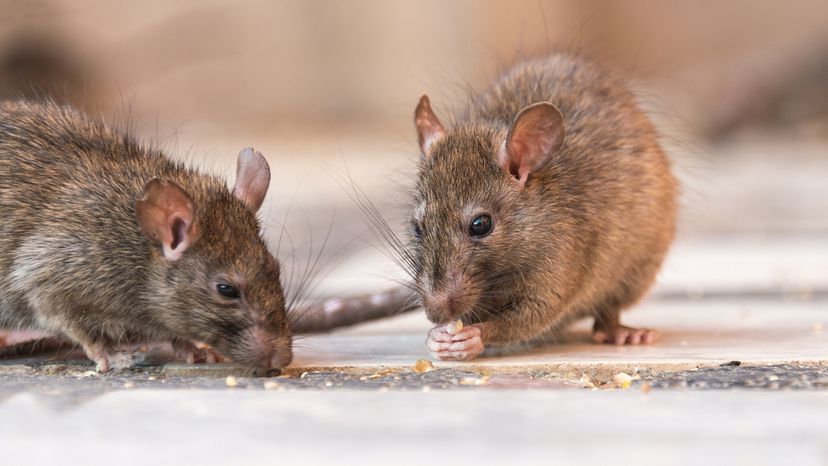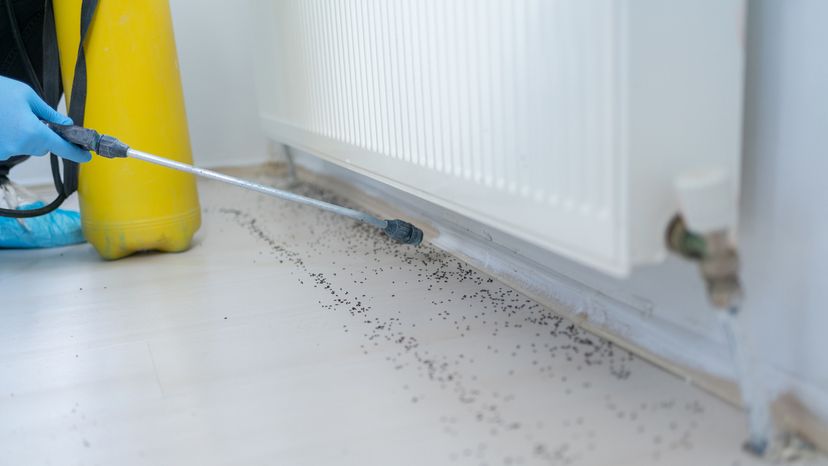
Rats are nature’s ultimate survivors. But what do rats eat? These highly adaptable rodents will chow down on just about anything they can find, from meat scraps to fruit trees.
Whether we’re talking about wild rats in urban environments or pet rats living in homes, their diet depends on what food sources are available.
Advertisement
In cities, rats scavenge for human food, leading to issues like rodent infestation and rat control challenges. In the wild, rats tend to eat seeds, nuts and insects. No matter where they live, if there’s food waste nearby, rats seek it out, making proper sanitation key to avoiding a rat infestation.

